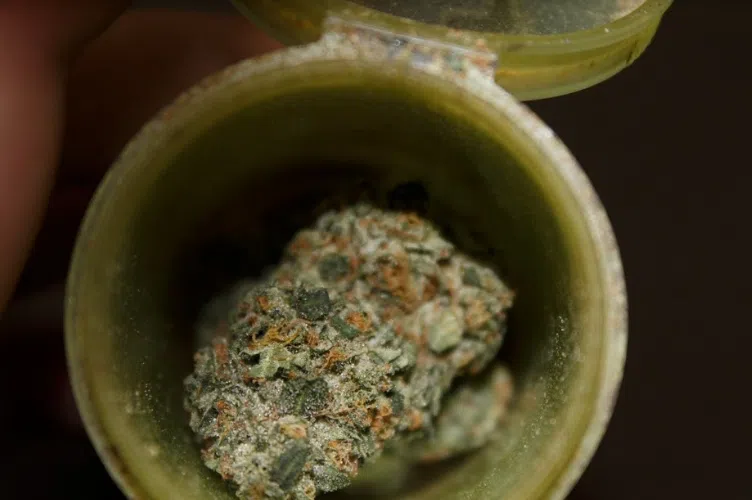
An open letter to Ken Christian and the Kamloops public on cannabis regulations
The pot wave continues — Kamloops approves it’s fifteenth cannabis retail application.
Supply and Demand
A certain number of stores will properly supply the communities, while a diverse and strong market drives a rich economy. Oregon and Colorado allowed more producers in than they needed, which has dried up potential profit while blessing the consumers with dirt cheap prices. Currently, we are unaware of how many stores will break a fine balance point here and flood our market. If too much supply exists, the industry loses viability. It is unknown whether this explosion of new stores will breach the balance in supply. If the unrelenting boom hosts an ability to kill the demand that is currently supporting a diamond mine of an investment. We simply know we need an ample amount of storefronts to support this newfound backbone of Kamloops financial future. Sadly, being so bold so soon may prove problematic. It is far easier to stop new establishments as opposed to constrict existing ones.


